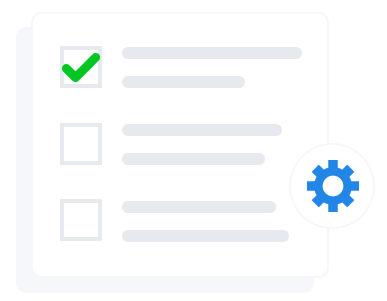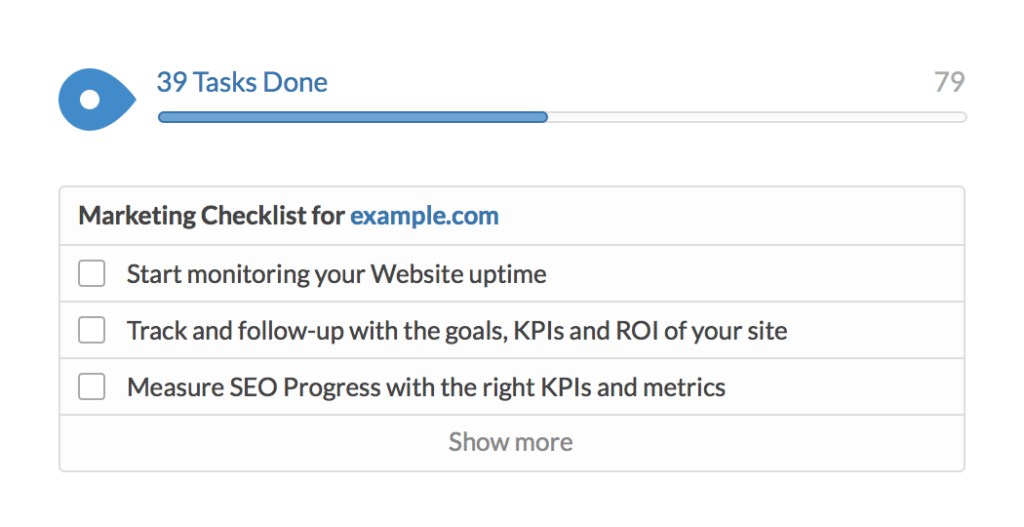If you read our previous article, you know to take influencer marketing seriously. But how do you need to approach this strategy? It’s difficult to track down an influencer that’s the perfect fit – both a balance of a large social following, and followers that would be interested in your niche. Selecting an influencer with too few followers is not going to be seen, but an influencer with many followers is useless if their interests don’t align with your product. If you find your perfect influencer, you need to think about your approach. How are you going to compensate the influnecers? It may not be enough just to give them a product sample. Give them a reason to talk about your product.
According to Kissmetrics, you have to start from the top and plan. Which influencers match your business’s needs?
Define the Influencer
Influencer Prerequisites
Below are the three influencer must-haves. Unless an influencer matches all three, it’s time to consider someone else.
- Context: Find an influencer with followers interested in your product category. If you’re selling accounting software, find an influencer that discusses accounting trends or industry products. Likewise, a company selling kitchen gadgets may wish to approach someone creating food recipe videos. If you switch the two up and give the food expert the accounting software or the accounting professional kitchen gadgets, it may not attract any new followers, regardless of the following’s size. Make sure your influencer discusses topics relevant to your product.
- Reach: That new makeup guru may be really talented, but she only has 50 Instagram followers. Even if her followers are really interested in beauty product recommendations, the impressions of a social post are pretty limited. Shoot for someone with a higher following, but it’s not just about the numbers. Social impressions need to result in action.
- Actionability: Now you need to look beyond the follower count and evaluate whether an influencer will really drive conversion. If a potential influencer has thousands of followers, but their content has very few likes, comments, or shares, chances are, the users are going to engage with your product as little as they do the influencer. Look for someone who has good numbers across the board; highly engaging content and, ideally, interaction between the influencer and followers. Influencers that take time to reach out to their followers are building better relationships and increasing engagement in the long-run. If followers are interacting with the regular content, they’ll interact with the content shared about your brand; this drives awareness, web visits, and sales.
Form your Influencer Must-Haves
Borrowed from Kissmetric’s blog on Influencer Marketing, you need to form an influencer portrait, an image to keep in mind as you’re searching for your perfect influencer.
Personality Type: Pick one.
There are plenty of influencer personality types. Experts understand the subject inside and out. Activists are motivated by their beliefs. Agitators initiate discussion. Choose one that meets your brand’s needs.

Smart Insights: The 10 types of online influencers
Genre: Pick 1-2.
Think of the broad category. Some examples include: marketing, travel, technology, fashion, food. Select one or two relevant genres before narrowing your focus further.
Niche: Pick 2-3.
Zoom in on the niches you really want. If you select marketing as your genre, narrow it with 2-3 niches; for example: lead generation, content marketing, B2B marketing, and so on.
Influencer Scouting
Now that you’ve identified your criteria, you need to find potential influencers. Using social and blogging tools to compare keywords, mentions, hashtags, and blog reach can help you identify who is the right fit for your brand.
- Research hashtags. Figure out which hashtags influencers within your niche are using. You can then follow these hashtags on a social media tool like Hootsuite. This will help you monitor who’s talking about your product category, and who holds the influence. For example, if you’re selling activewear, learn the hashtags used by athletes and fitness fanatics.
- Set up Google Alerts. You can set up alerts both for your brand name and keywords used related to your brand category. For example, a local burger shop may set up alerts for their store name and also alerts for restaurants trends.
- Find brand advocates. Brand advocates are those that already love to talk about your brand. Offer an incentive; doing so can only solidify their loyalty and ensure they continue to say great things about your brand. To find your brand advocates, look for users mentioning your brand on social media or in a blog. Thankfully, Hootsuite offers a tool to keep track of your brand’s mentions on social media.
- Seek out bloggers. Find bloggers discussing topics relevant to your product niche. To sort through bloggers talking about related topics, here are some suggested tools: Inkybee, BlogDash, GroupHigh, and Buzz Stream. Once you find a blogger using your selected keywords and you read through the blog to ensure it’s relevant, use one of the listed tools to check their SEO and social findings. Looking at both the blogs and the numbers allows you to determine both who’s relevant contextually and who has the best audience.
What About Compensation?
There are endless ways to compensate influencers for sharing your product. But which ways work best?
Shout-Out
For some, a simple shout-out is enough. Essentially, this is user-generated content. Your company pays virtually nothing for content to advertise, and the influencer benefits from increased traffic on their social or web pages.
Free Products or Discounts
Think of celebrities that wear designer gowns on the red carpet. They always name the designer, but they got the dress for free. Similarly, a brand may offer a discount or free product to the influencer. All the influencer needs to do is feature the product in their content and name-drop. Compensation is minimal, but it works; people like free stuff. This is one of the easiest and frequently used ways to compensate an influencer, but for those higher in demand, this may not be enough.
Financial Payments
Paying a defined sum of money may make certain influencers more attainable. The one drawback is this may produce content that doesn’t come across as genuine. For this form of compensation, consider influencers that have at least some interest in your brand. You want to make sure the influencer actually likes your product because their positive reviews will be much more natural.
Commission
Commission may offset the drawbacks of financial compensation. Pay is performance-based; so poorly delivered mentions won’t receive as much money as one that is well thought-out and conversion-inducing.
Best Content: Experience
Without a doubt, offering some type of experience is the best way to incentivize influencers to create the best content. This can be as small as a behind-the-scenes look at one of your locations to something as extravagant as a vacation. Compensation is above and beyond and it is sure to create additional brand loyalty. Additionally, you’re providing them with the exciting content that they can use on their blogs and platforms. This benefits both of you: they have interesting content on their feeds and your product is being discussed in a compelling way.
Tresemme New York Fashion Week
Tresemme is one great example of experience as compensation. The brand flew out several beauty YouTubers to New York Fashion Week. In return, the influencers uploaded videos of tutorials featuring Tresemme’s new Beauty-Full Volume Revers Wash System products. Beyond the tutorials, they featured content from their trip. Because of the experience, these influencers were more excited to talk about the product and had plenty of content to create an entertaining and informative video.
It’s also worth noting how Tresemme shared these videos. All of the videos were uploaded on the YouTuber’s channels. Further, some are featured on Tresemme’s website, and, beyond that, Tresemme also used the YouTuber’s videos as ads on video play across the internet. So altogether, the same videos were uploaded on YouTube, Tresemme’s website, and as ads. Although experience-based compensation may be pricier than some other forms, Tresemme got plenty of usage of the resulting content.
I’m unsure about compensation for the following video, as it does not feature NYFW, but YouTuber Nikki Phillippi had an interesting take on the product with a video titled The Most Backwards Day Ever. She played on the idea that shampoo and conditioner are used in reverse by creating a video revolving around a backwards day.
Plan, Search, Compensate
Now you know the three steps to finding an influencer: plan, search, and compensate. Before doing anything, you must plan out who would best match your brand. Next, you need to look for those meeting those criteria and social following, and finally, you need to compensate an influencer sufficiently to ensure they create the best content about your product. Companies willing to invest a little more through experience may see outstanding content that they can use across multiple digital channels. A happy and passionate influencer is key; start mapping out your influencer plan today.



